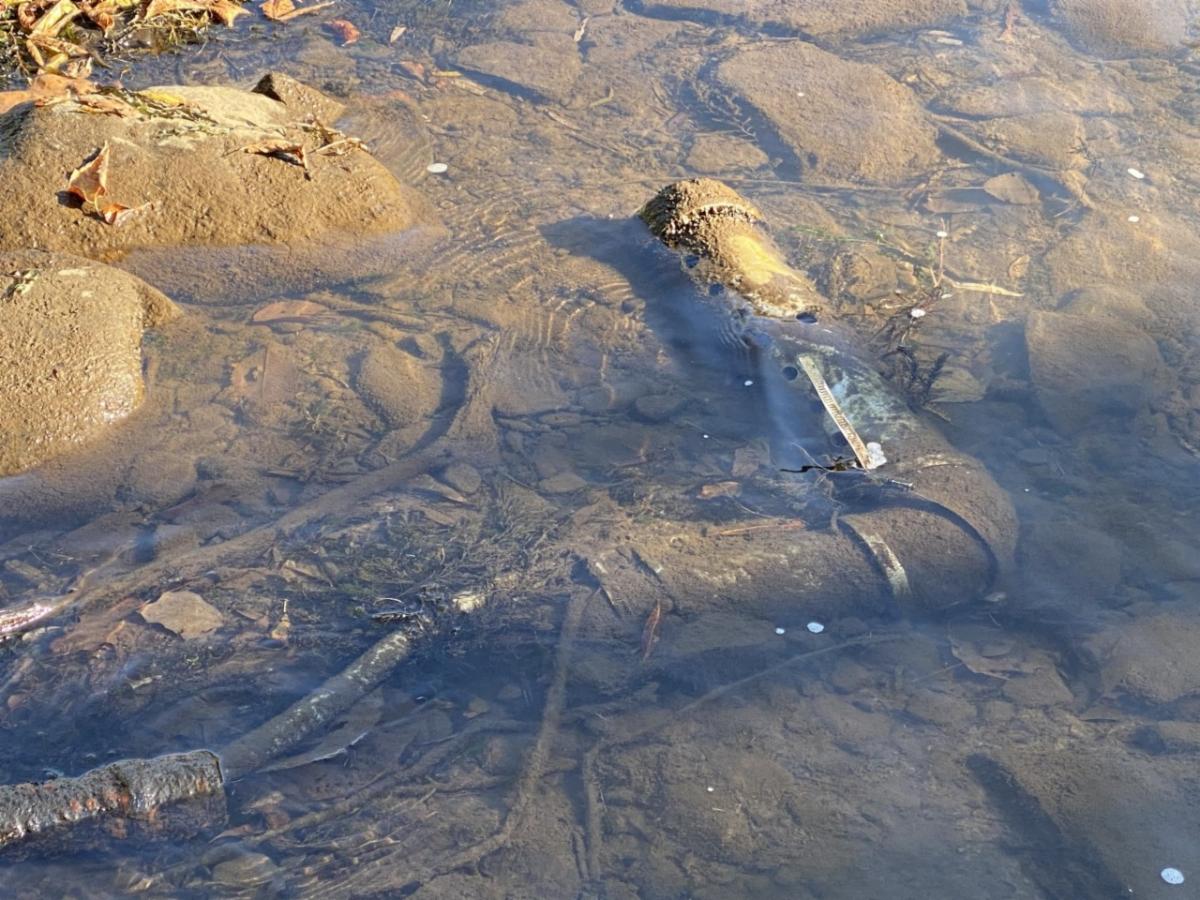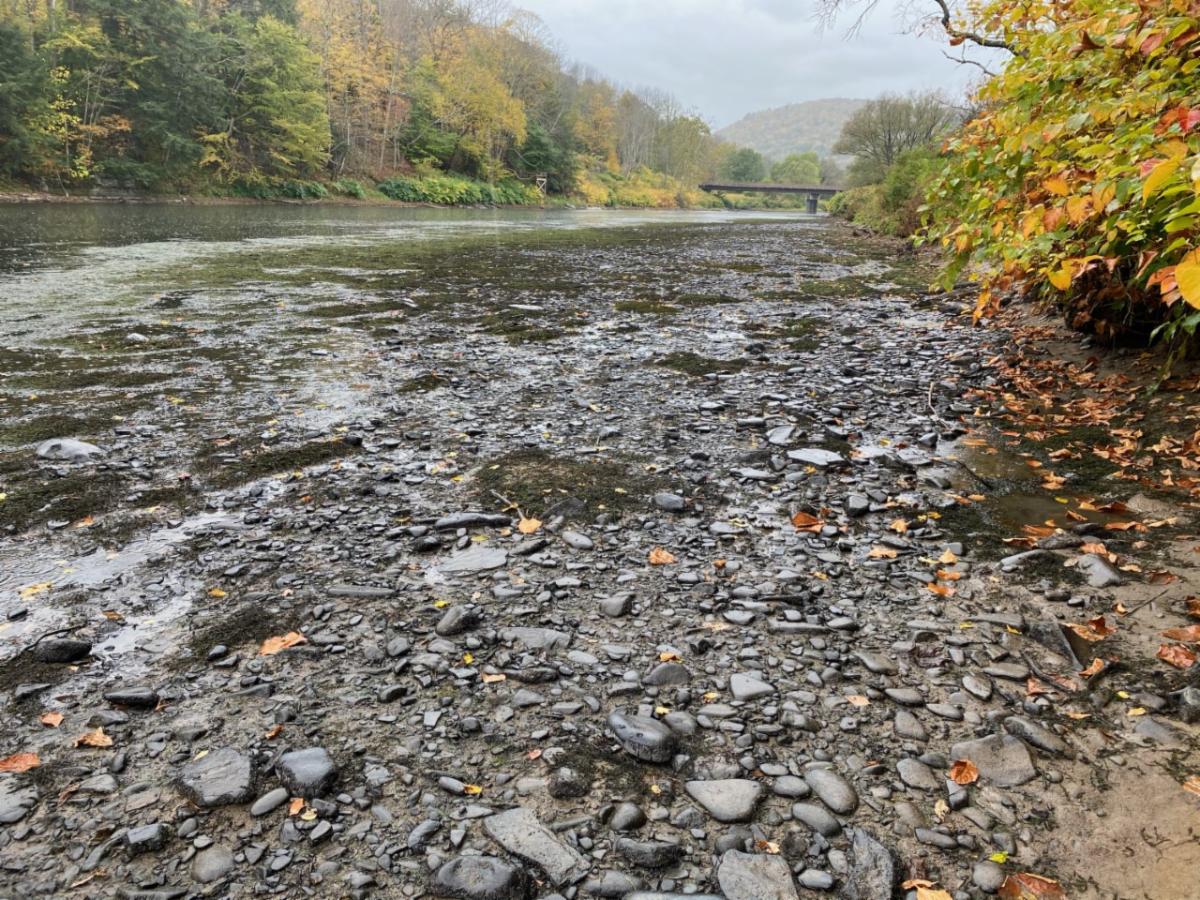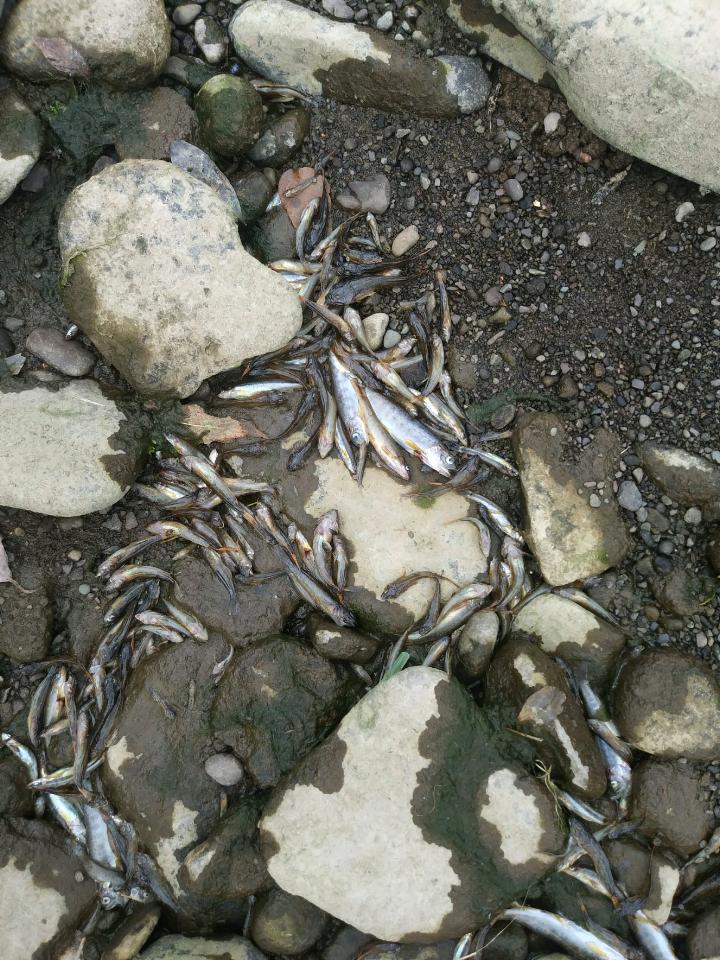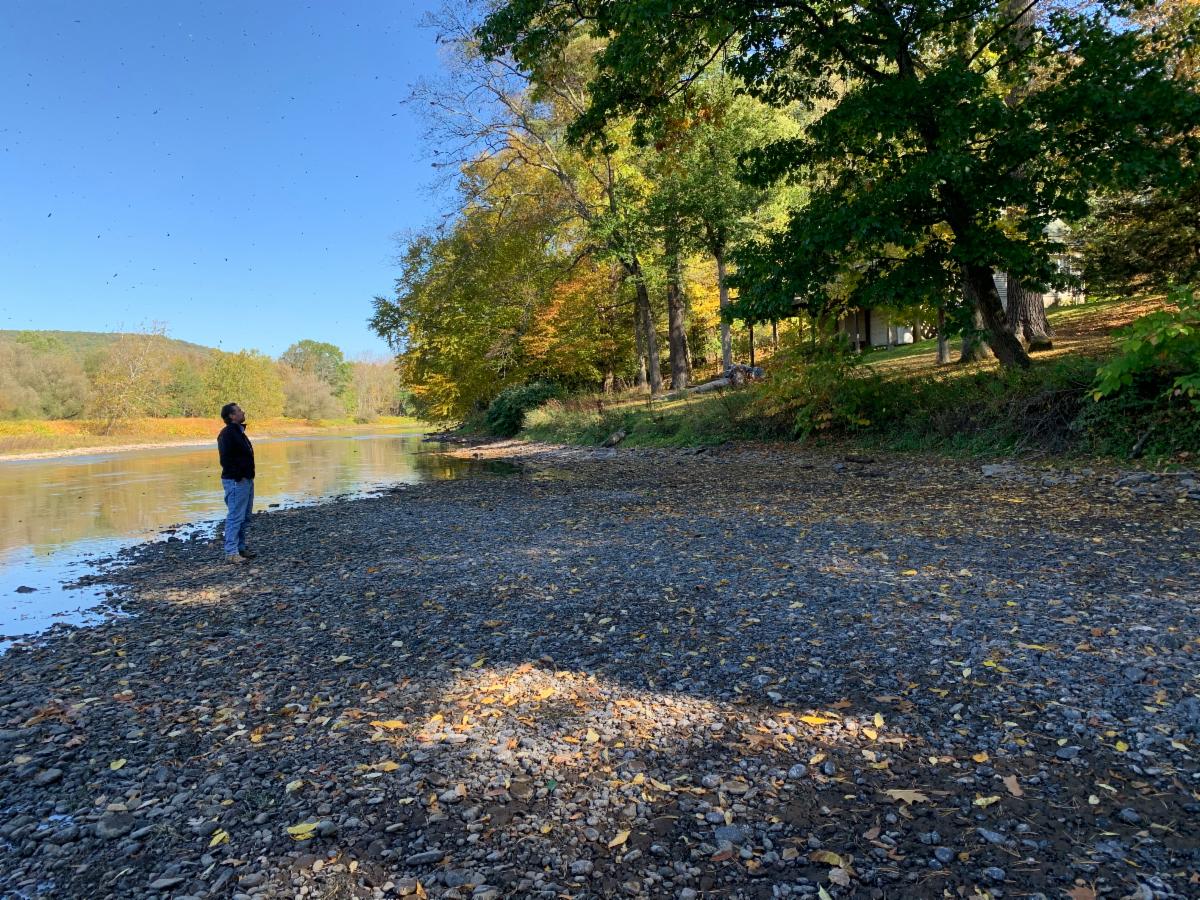When we received the public notice from the New York City Department of Environmental Protection (NYCDEP) last Sunday evening that repair work to fix a leaking pipe at the Cannonsville dam would require the reservoir release to drop to 40 cfs on Monday and then to zero by Tuesday, we knew it was going to be a rough week. In the days and weeks leading up to this event, it is our understanding that NYCDEP coordinated with the New York State Department of Environmental Conservation (NYSDEC) and Pennsylvania Fish and Boat Commission (PFBC), but did not include any local voices. These agencies should always involve Upper Delaware River (UDR) conservation, business and local resident interests in these decisions. Instead, we found out on Sunday night along with everyone else on their mailing list.
There have been many improvements over the years in the management of the New York City Delaware basin reservoirs and the protection of the prized UDR wild trout fishery. Cooperation and collaboration between UDR watershed stakeholders, the NYCDEP, NYSDEC, and the PFBC have also greatly improved. Unfortunately, it only takes one incident like this one to undermine this progress and erode public trust. It is important to note that everyone recognizes that the water supply for the City of New York is of paramount importance when making reservoir management decisions in the upper Delaware basin. We understand and accept that reality. However, experience tells us that in these types of situations there are often multiple approaches available that can meet infrastructure maintenance needs and also minimize or eliminate impacts to the river below the dams.
FUDR received many thoughts and suggestions from informed anglers and concerned community residents about alternative approaches that may have diminished the negative impacts to the river and still accomplished the objectives of the repair and maintenance work at the Cannonsville dam. However, because of the short notice, we didn’t have a chance to explore any of them with the resource management agencies. As a result, by Tuesday evening large swaths of river bed were exposed, fish were put under stress and concentrated and confined in small spaces, and the likelihood of damaging impacts to aquatic insect populations (the foundation of the aquatic food chain) seems high.
Community residents and anglers, who value their roles as partners in protecting the river system, felt ignored and helpless as the situation unfolded. This incident once again highlights the need for diligent and ongoing communications between resource management agencies and the public, and a reminder that the Upper Delaware watershed below the dams carries enormous economic and ecological value for tens of thousands of residents and visitors.
Even an event like this of relatively short duration can have a negative effect on the health of the river and communities and businesses that rely on this invaluable natural resource. We hope the events of the past several days can be a learning experience from which better and more open channels of communication can be explored when future maintenance needs inevitably arise. Here’s a snapshot of river impacts on the West Branch from earlier this week.
 |
| Hale Eddy Gauge, West Branch – photo Steve Taggart |
 |
| West Branch, downstream of Hale Eddy Bridge – photo Steve Taggart |
 |
| West Branch, Upstream of Deposit Bridge (Pine Street) – photo Ron Chiavacci |
 |
| West Branch, PA Side across from Sands Creek – photo Sherri Resti Thomas |
For the River,
Jeff Skelding, Executive Director[email protected]410-245-8021